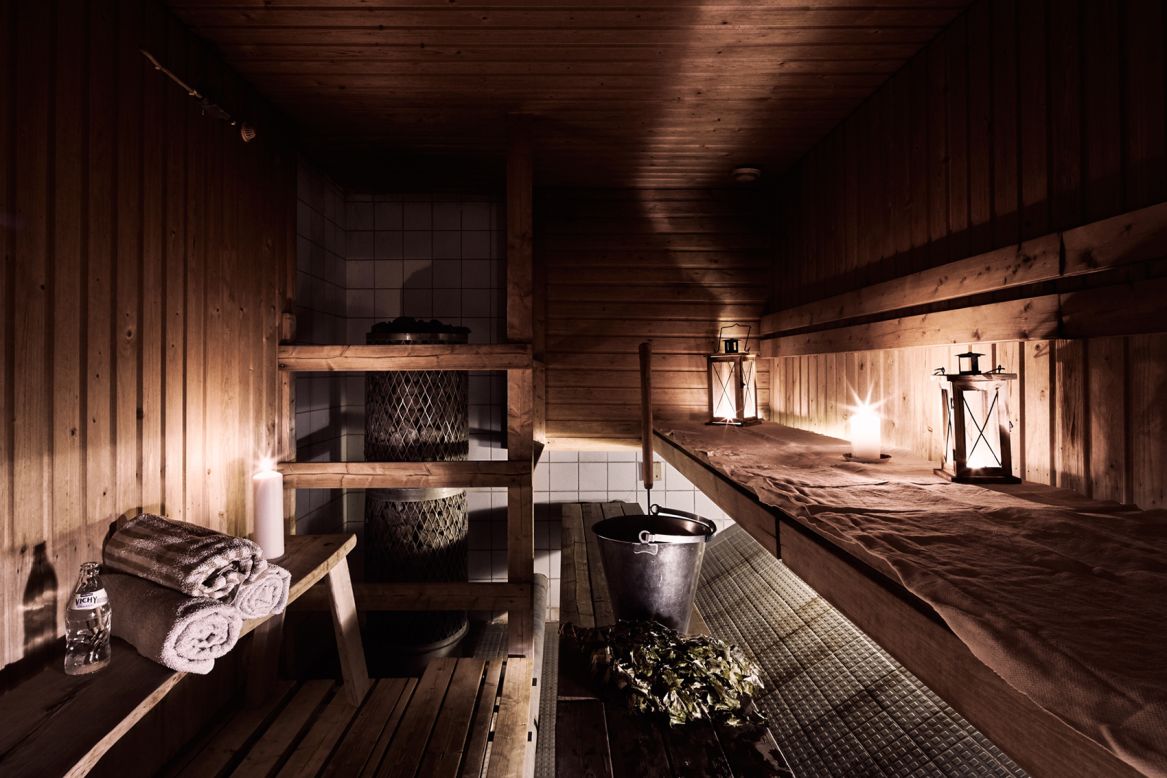8 Simple Techniques For Traditional Sauna
Table of ContentsIndicators on Traditional Sauna You Need To KnowSome Known Details About Traditional Sauna The Best Guide To Traditional SaunaThe Of Traditional SaunaThe 10-Second Trick For Traditional Sauna
Most of the weight shed in a sauna is water loss and is re-gained upon rehydrating. Without an uncertainty sauna can be an important part of a healthy weight loss program. To check out the distinctions in between standard and IR saunas, I will divide these right into proven, academic, and made distinctions.Thus, the hottest point in the saunawhich goes to the ceiling directly over the sauna heateris generally between 185 and 190 F. Claims that a conventional sauna goes beyond 200 F is merely not real and not suitable for electrical saunas marketed in the US. The temperature for a far-infrared sauna is generally set between 120 and 140 F; however, unlike the typical sauna, the goal in and IR space is not to achieve a high temperature.

When a typical sauna has been correctly heated, the sauna wall surfaces are warm, the air temperature has actually attained established temperature level and the rocks are very warmed. As a fascinating side note, the warmed walls and the rocks are producing far-infrared heat, incorporated with the warmed air, to produce an "enveloping warmth".
Excitement About Traditional Sauna
When the heat is attained, the elements cycle on and off to keep the heat. Many typical sauna individuals take pleasure in putting water over the rocks to produce vapor to increase sauna moisture degrees. The benefits of pouring water over the rocks consist of: making the area a lot more comfortable, moistening the nasal passages, and enabling the use of aromatherapy by mixing vital oils with the water.

When the power goes into the body, it causes the body temperature level to increase and inevitably leads to sweating. In an infrared sauna it is necessary for the emitters/heaters to remain on almost constantly. Since there is no mass of rocks to retain heat, the sauna will certainly cool if the emitters shut down.
Indicators on Traditional Sauna You Should Know
As discussed above, the sauna bather in an infrared area wants to position himself before operating emitters to obtain maximum take advantage of the warmth. The heating time for both areas can be very various, relying on how the spaces are used. For a traditional sauna, a bather should allow 30-40 minutes for the space to accomplish a wanted temperature and to effectively pre-heat the rocks.

A well created sauna will usually achieve a temperature level of 150-160 F in regarding 30-40 minutes (Traditional Sauna). For hotter temperatures, the room may require to warm for a longer duration. As soon as the space achieves established temperature, the heating system will certainly cycle on and off, normally operating concerning 50% of the moment. The insulated wall surfaces and the warmed rocks will certainly keep the space hot and at secure temperatures.
To some, 15 minutes was "wasted" while the infrared energy heated up the wood panels as opposed to heating a body, while others discover a pre-heated room to discover this info here be much more comfy and think a raised starting temperature is needed to start sweating. The length of suggested use for each space is around the very same (10-15 minutes per session); however, because of the reduced air temperature levels and the ability to feel the impacts of infrared heat much faster than a typical sauna, it is not unusual for a person to invest an overall of explanation 20-30 minutes in an infrared sauna.
Some Known Facts About Traditional Sauna.

The ordinary expense per kWH of power in the united state is approximately $0.11, so a 4.5 kW heater will certainly set you back about $.50 to compete one hour, if the heater runs continually for one hour. Commonly a sauna heater will certainly run for 75% of the first hour and 50% of succeeding hours on since the aspects cycle once the established temperature level is achieved.
A 2 person far-infrared area is click reference normally physically smaller than a typical sauna, commonly concerning 4' x 4' or smaller sized. The IR home heating system is normally 1.5-1.7 kW using a 120 volt 15 amp plug-in service. Given that the room can be used quicker than a sauna area, we will assume the area is utilized for to of an hour including warm up time.
There is a rarely talked about difference in the social experience in between the 2 rooms. While our society has lost some of the social benefit of the typical sauna experience, it can be extremely socially rewarding (Traditional Sauna). From household time in the sauna, to heart-felt conversations with loved ones, to sauna partiesthe standard sauna experience can lead to intimate socializing
3 Simple Techniques For Traditional Sauna
Many greater end infrared areas consist of colored light treatment, audio systems and full-glass fronts.